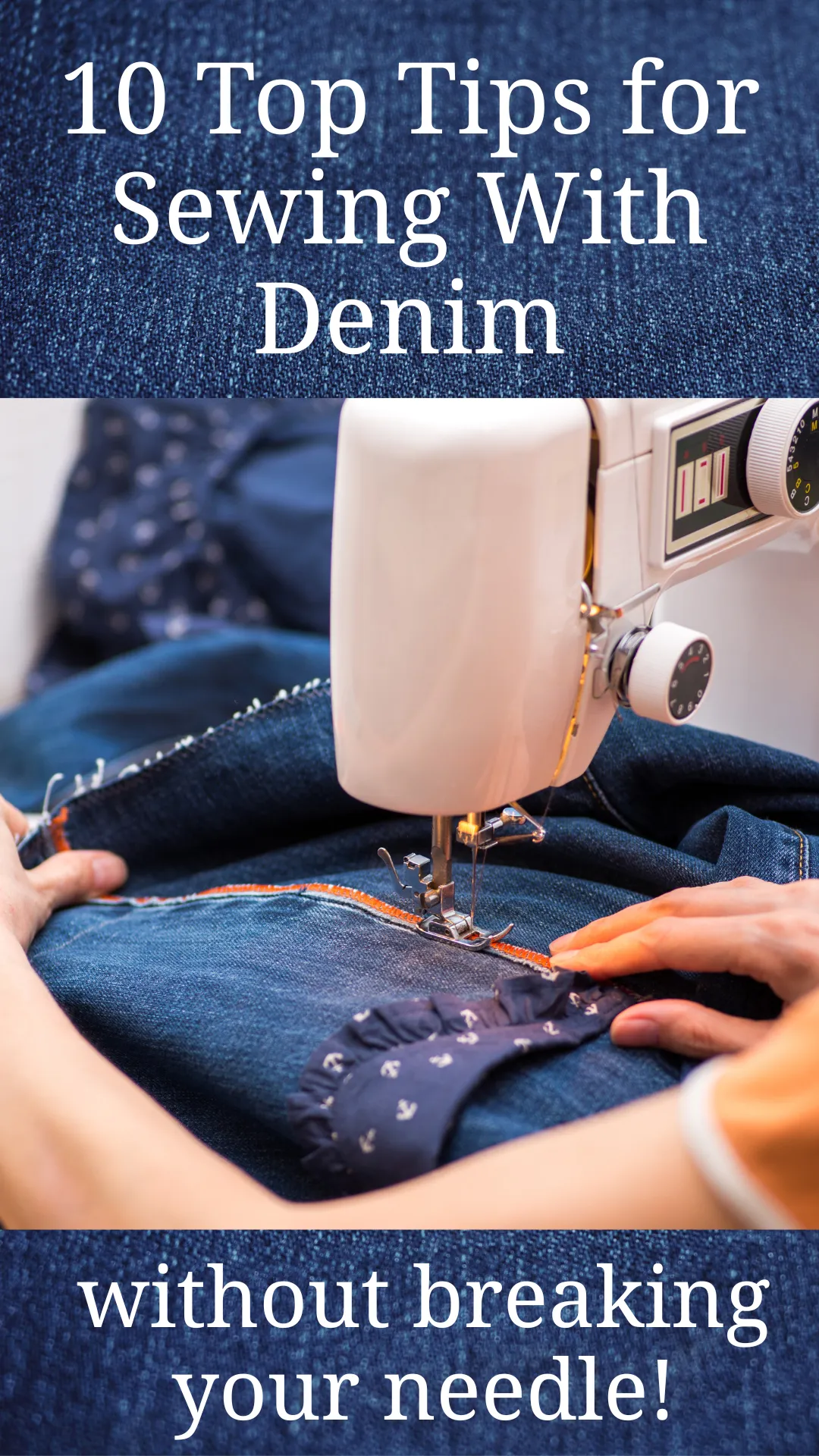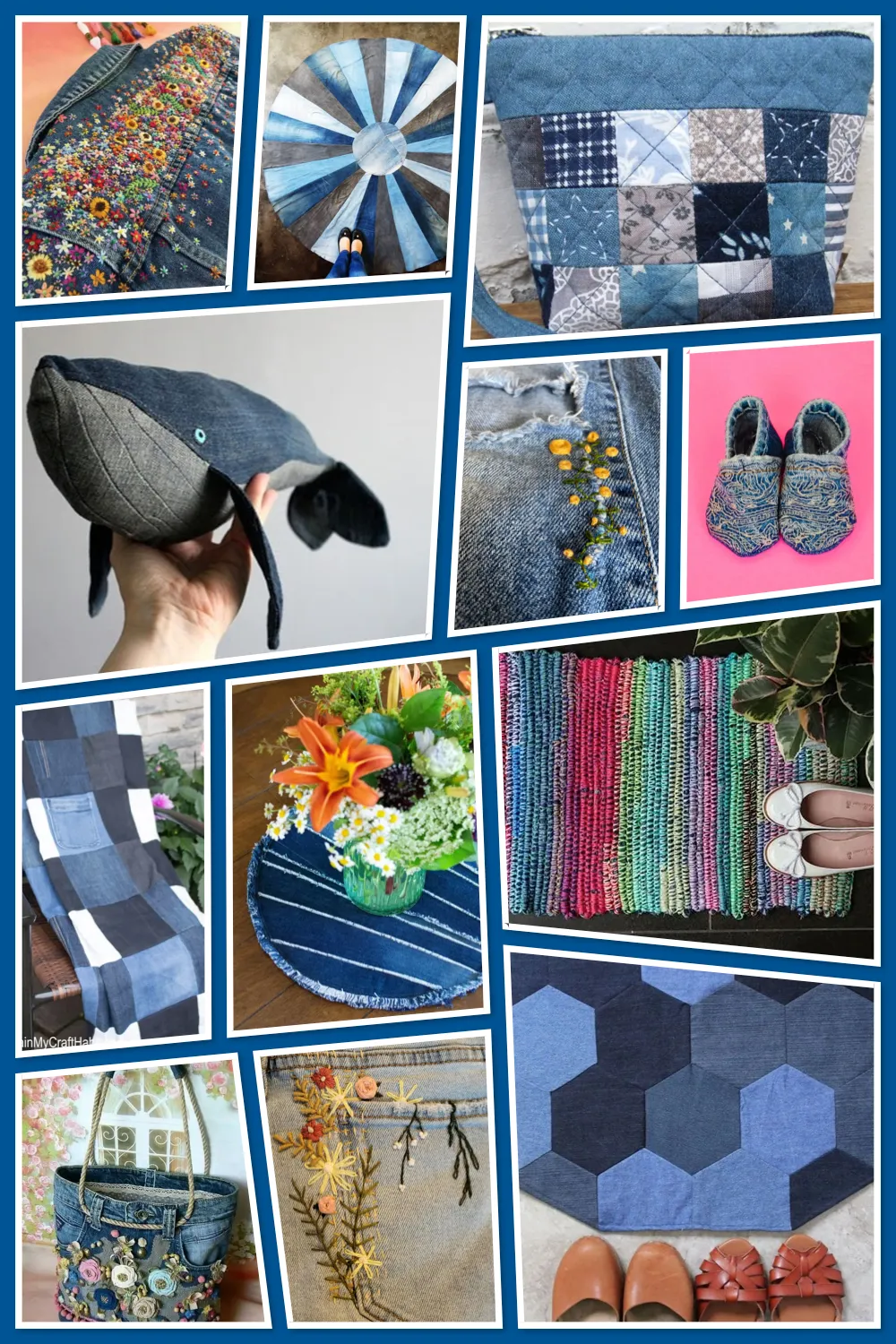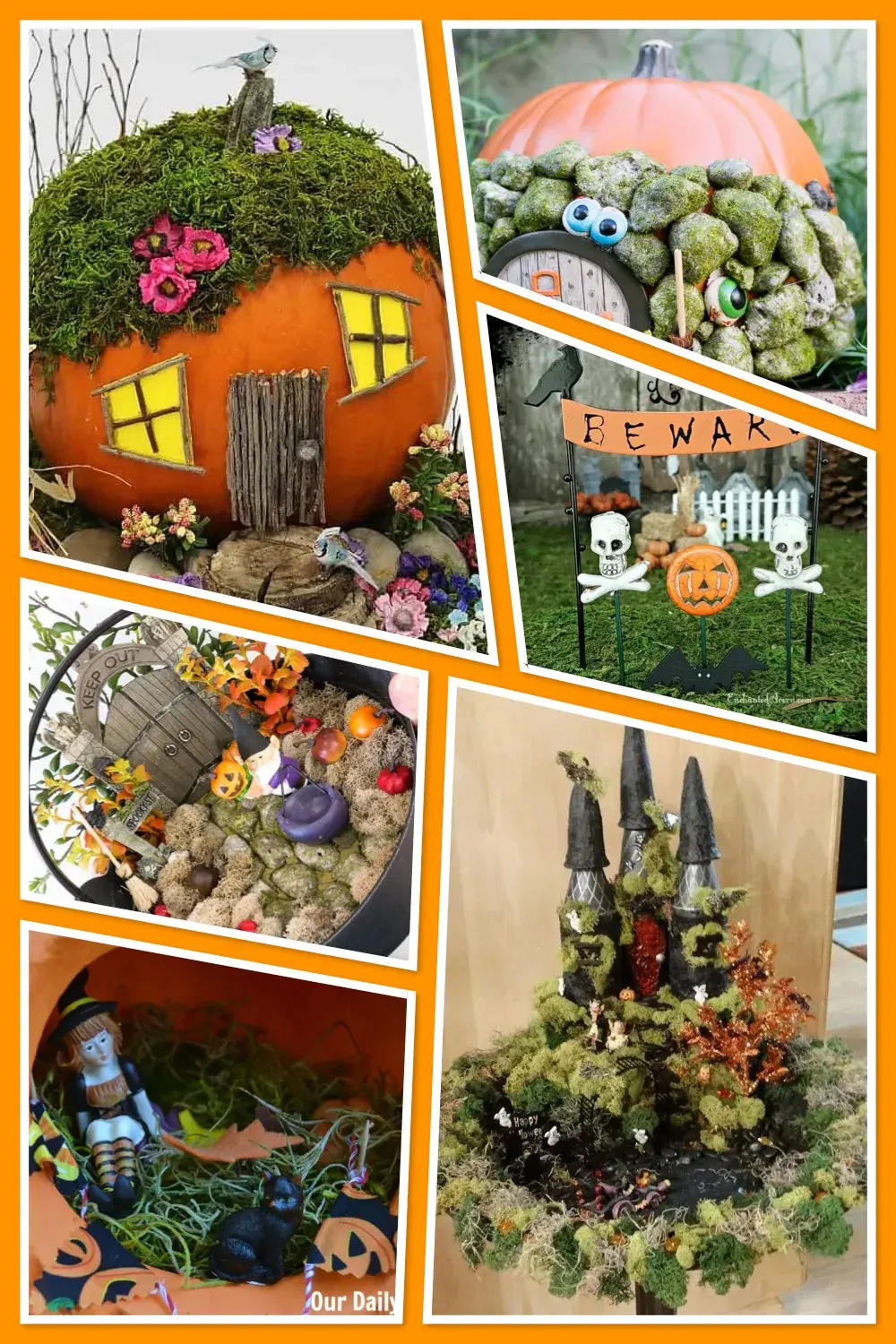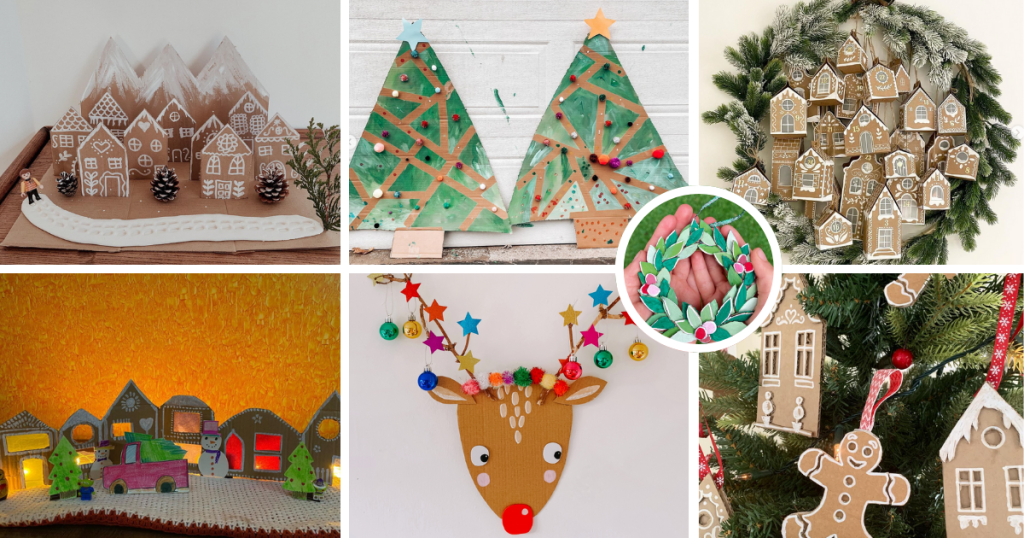This post may contain affiliate links. As an Amazon Associate I earn from qualifying purchases. If you click and buy, I may receive a small commission at no extra cost to you. Read our Disclosure Policy
Sewing with denim Don’t get stuck with broken needles and bulky seams! These 10 tips make DIY denim projects so much easier—from picking the right needle to creative ways to reuse jeans pockets.

If you’ve ever tried to upcycle an old pair of jeans and ended up in a battle of wills with your fabric, you’re not alone. Denim can be stubborn, but it’s also one of the most rewarding materials to work with once you know a few tricks. It’s strong, stylish, and full of character—and let’s be honest, there’s something extra satisfying about turning a tired old pair of jeans into a gorgeous tote bag or some funky home decor.
So before you dive into your next denim DIY (or toss that ripped pair of skinnies in the bin), let me share my favorite tried-and-tested tips for sewing and DIYing with denim—without the drama.
1. Start with the Right Needle
Denim is tough stuff. It’s woven tight and meant to hold up through a lot of wear and tear—so your dainty all-purpose needle Yeah, it’s not going to cut it. (Literally.)
Before you even thread your machine, pop in a denim or jeans needle—they’re stronger, sharper, and built to handle thick, woven fabrics like a champ. They come in different sizes too, so if you’re working with lightweight chambray or heavy-duty work jeans, make sure you’ve got the right one. Trust me, using the proper needle will save you from skipped stitches, bent metal, and more than a few words you don’t want your kids to hear.
2. Thrift It Before You Buy It
Denim can be pricey by the yard, but guess what The thrift store is bursting with the stuff—and it’s already pre-softened and full of character. Look for old jeans, jackets, skirts… even denim shirts if you want a lighter weight for things like patchwork or lining.
Bonus tip Bigger sizes = more fabric to play with. I always check the men’s section for roomy jeans with extra-long legs—perfect for making bags, bins, or even quilts. And if they’ve got holes or stains Even better. You can cut around those, or use the worn bits for raw-edge patches with a little extra attitude.
3. Mind the Grain
When you’re working with upcycled denim (especially if you’re cutting from jeans), it’s easy to get caught up in making your pieces fit and forget about the grain of the fabric. But ignoring it can leave you with stretchy, misshapen projects that don’t hang right—or worse, twist over time.
Here’s the trick: denim is usually a twill weave, and you can spot the grain by looking at the diagonal lines in the weave. Try to cut your pieces so the grain runs the same way it did in the original garment (up and down the leg, for example). It’ll help your seams behave and your final piece look more polished—even if it’s a scrappy, patchy kind of project.
4. Press Like You Mean It
Denim doesn’t like to lie flat on its own—it’s like a toddler who refuses to nap. That’s where your iron comes in.
Give those seams a proper press with lots of steam and a bit of muscle. It makes a huge difference, especially when you’re topstitching. If you’re dealing with thick areas (like where seams meet), try using a tailor’s clapper or even just pressing with a wooden spoon right after you steam. Sounds weird, but it flattens things beautifully. A well-pressed denim project looks neat, tidy, and way more pro—even if you’re still winging it half the time.
5. Use Strong Thread
Denim needs a thread that can keep up. Your regular all-purpose spool might work in a pinch, but if you’re sewing stress points (like straps, pockets, or seams that’ll get tugged), go for heavy-duty or topstitching thread. It’s thicker, tougher, and gives you that classic jeans-style finish.
That said—don’t go wild and thread it into both the top and the bobbin unless your machine loves a challenge. Usually, heavy-duty thread on top and regular thread in the bobbin does the trick. And don’t forget to adjust your tension—your stitches should look even on both sides. If they’re pulling or loopy, have a little play with your settings until it smooths out.
6. Clip Those Corners and Bulk
Denim doesn’t fold like quilting cotton—it bulks up fast. So when you’re sewing through spots where multiple seams meet (like corners or belt loops), do yourself a favor and trim those seam allowances down before you turn or topstitch.
Clip your corners diagonally, notch curves, and grade your seams if you need to. Your machine will glide more easily, and your project won’t look like it’s hiding a secret stash of coins in the corners. I sometimes even give stubborn spots a few gentle taps with a rubber mallet or hammer—don’t knock it till you’ve tried it.
7. Go Slow and Steady
This is not a race. Denim is thick, and your machine needs a little extra time to punch through those layers. So slow that speed dial right down and let your machine take its time—especially when you’re going over bulky seams or topstitching through multiple layers.
Rushing it can lead to skipped stitches, broken needles, or that horrible ka-chunk sound that makes you question your life choices. I’ve learned (the hard way) that slower = smoother when it comes to sewing denim. Take a breath, sip your tea, and let the feed dogs do the work.
8. Practice First
Denim behaves differently depending on the weight, stretch, and even how many times it’s been washed. So before you jump in with your “good” fabric, test your stitch settings on a scrap from the same piece. Try out your straight stitch, topstitch, even buttonholes if you’re feeling fancy.
This is also the time to check your tension and see if your machine likes your chosen thread combo. A few minutes of practice can save you a LOT of seam ripping later—plus, it gives you a chance to play around and see what looks best.
9. Embrace the Fray
Denim loves to fray—and instead of fighting it, sometimes it’s best to just lean in. Raw edges can look amazing when used on purpose—think patchwork details, shabby-chic coasters, or a cute frayed hem on a DIY skirt or bag.
Just keep in mind that fraying keeps going if left unchecked. So if you want it to stop at a certain point, add a row (or two) of straight stitching just inside the edge to keep things contained. It’s like giving the fray a friendly fence—”you can party here, but don’t wander off.”
10. Get Creative with Pockets and Seams
One of the best things about working with old jeans All those built-in details! Pockets, belt loops, topstitching, waistbands—they’re already there, perfectly worn in, and just begging to be reused.
So don’t waste time ripping everything apart. Use the front of a jean leg for a tote bag with built-in pockets. Cut around the back pockets to make coasters or a phone holder. Let the hem become the top of a fabric basket. Let the denim do the work—and give your project a little extra personality in the process.
And there you have it—my top 10 tips for sewing and DIYing with denim without losing your mind (or breaking another needle). Once you get the hang of it, denim is such a fun material to work with. It’s sturdy, forgiving, and full of potential, whether you’re making something practical or just playing with scraps for the fun of it.
If you’re itching to get started but need a little creative spark, I’ve got just the thing! Head over to my post with 27 Upcycled Denim Ideas for a ton of clever and inspiring projects. You’ll find everything from baby shoes made from jeans, to a gorgeous bucket tote bag, chevron pillows, and even a stunning denim wreath made from scrap seams. There’s something for every skill level—and every old pair of jeans in your stash.






